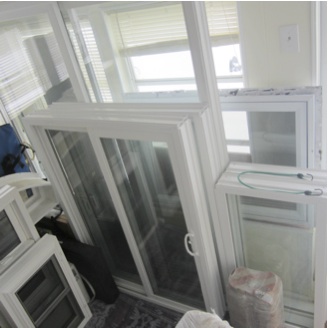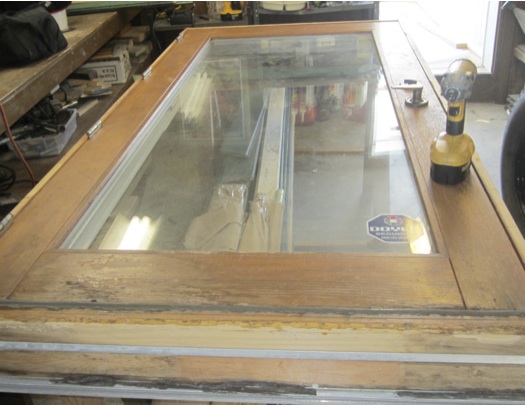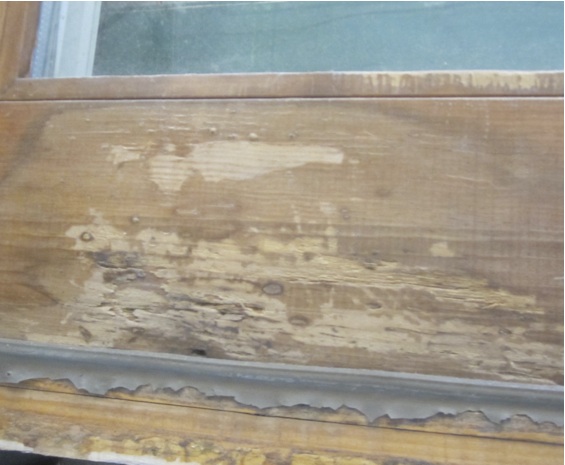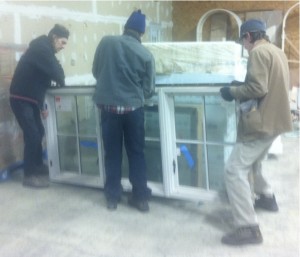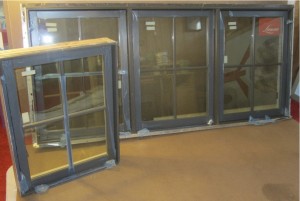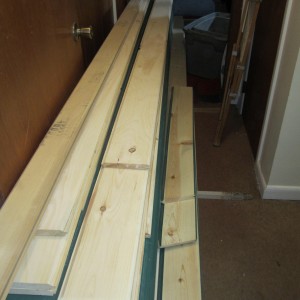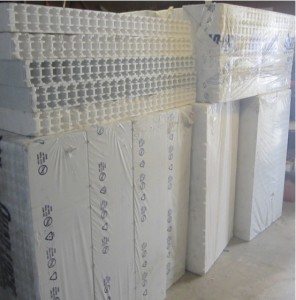Establishing a Garden
Garden Resurgence
Soul-comfortingly, we reinstated garden space where my grandmother used to have her garden. Constantly, I’m drawn back to the skills and homesteading choices of her generation. Where did so many baby-boomers and Generation X people go wrong? Oh yea…selling method marketing began in their generations.
Poop Panic
With a truckload of raunchy smelling horse manure, Michelle stares wide-eyed at Chris and says, “We got to dump this in the woods.”
Materials List:
- Framing Lumber: 2x6s: Cedar, un-treated & rot resistant… or not or Hugelkurtur beds
- 25 Exterior screws: 3”
- Soil: Green Compost, Municipality’s Compost, Local Manure
- Fence Posts
- Rabbit or Deer Fencing
- Cardboard
Tools:
- Drill/Impact Driver
- Measuring Tape
- Cutting Saw: circular saw, miter saw, etc.
- Level
Game Plan:
- Use un-treated wood: cedar would be nice…
- Provide protection (grid setup easy to fence in)
- As beginners, have a large but manageable space
- Use raised beds: neat, provides moisture retention, easy planning
- High sunlight location during the day
- Mostly leveled surface
- Four raised beds: 4’ x 10’
Savvy Salvaging
First, we scored some old framing lumber from Pa. He assured us it wasn’t pressure treated. They were pretty beat up non-cedar 2x6s, so they probably won’t last very long, but we couldn’t beat the “price.” After three seasons, they are still well in tact. We decided to create four 4’ x 10’ beds. Four foot is a little wide in retrospect; I’d go with 42” wide beds if I did it again.

In a maximized sun location, we setup a board and put the level on it to gauge the land’s tilt. It was tilted slightly, so we shoveled out one end a bit to get it close—we didn’t worry too much about being completely level. Then we drilled and screwed the boards into each other: two screws per joint.
Free Manure
On craigslist, we found someone giving aged horse manure for free with a nominal charge to dump it on your truck or trailer, so we borrowed pa’s truck and headed over. It turned out to be an old friend from high school, so the dumping of the shit was…free. =). Make sure the compost is aged for at least a year—two years to be safer. It was still really stinky, and we had a massive panic attack that we got the wrong stuff and almost tried to dump it in the nearby woods. Thankfully, it ended up working very well when we mixed it with peat moss and humus. Oh yea! Make sure you put, layer, and water down some cardboard to smother the grass before adding your soil. Don’t get tricked into buying fabric sheets.
We were weed-whacking the walkways for a while. This was dumb, so we layered wet cardboard then topped it with woodchips from our municipality’s composting service. It’s a nice organized look. Me likes!

We initially didn’t plan on having a fence, but the rabbits struck quickly in the game, forcing us to reconsider. Deer are not an issue here, so we were able to buy some fence poles off of craigslist and bought some rabbit fencing from the hardware store. We haven’t had a problem since. The rabbit fence is short enough for us youngsters to hop over, but we did extend it in one area with a moveable stake that opens the area.

We changed from graph paper to garden bed pictures to organize our crop rotation and planting. Take pictures then crop and scale the images to one page. Then you can just write where and what you planted. We change pen color to delineate a different planting time in the season. Pictures are a great way to document your growing season and plant maturity rates during the year.
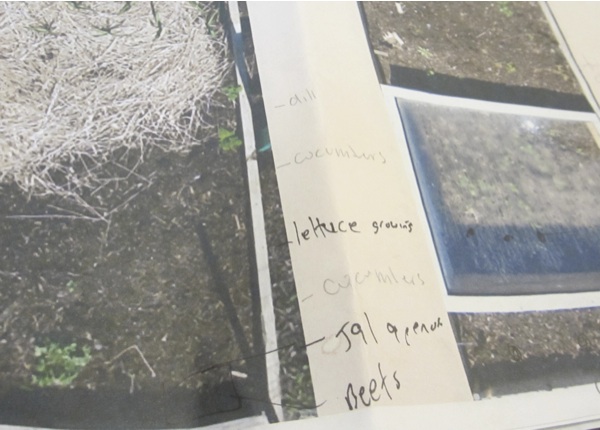
This year, I let the chickens do some of the work. Although a slight charade catching them (as always!), they were placed in the beds to till the area and find some slugs. The next day I added our somewhat finished compost from last year and they did a solid job spreading it out.
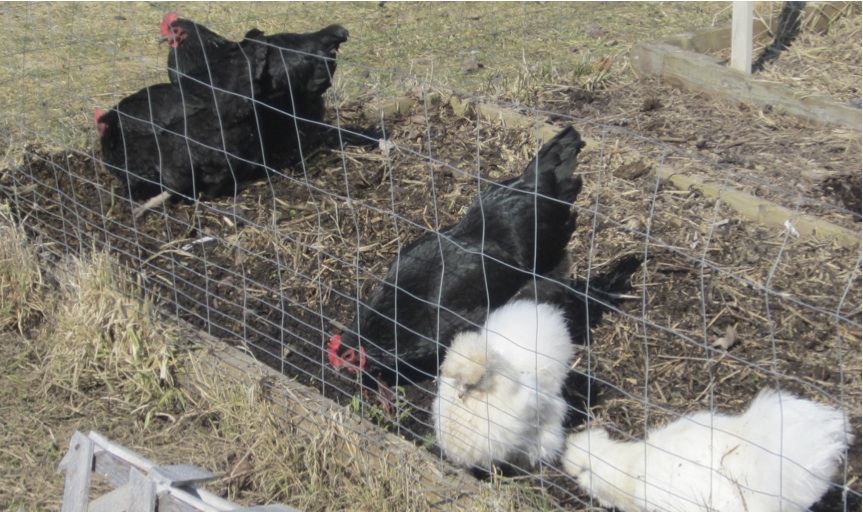
The reins are ours,
Chris
Reflections, Hindsight, and Alterations:
- Permaculture: Place garden in a high traffic area. For example, between your driveway and front door to maximize interaction. Pick stuff for dinner on your way in! It’s not a trudge to the corner of your lot to maintain your garden.
- Permaculture: Use Hugelkurtur beds – woody debris and logs underneath layered organic matter. This skips the wood framed beds, saves money on materials, and utilizes local shrub & fallen tree waste (if applicable in your area).
- Permaculture: Use more synergistic plants and food forest layouts.
- Do 3.5’ wide beds: otherwise, it’s a pretty large space to hop over.
- Instead of getting the manure, peat moss, and humus, we should have just gotten yards of certified compost from our municipality service (OCRRA compost). It would have been cheaper and less work. They offer wood chips to cover your plants and prevent weed maintenance, too! $15 for six yards of either compost or wood chips; you can mix and match. A yard is about a truck bed load.
Resources:
- The Backyard Homestead – Carleen Madigan
- The Vegetable Gardener’s Guide to Permaculture – Christopher Shein
- The Food Project
- Green Living Eco – Build a Raised Garden Bed
- OCRRA’s Compost
